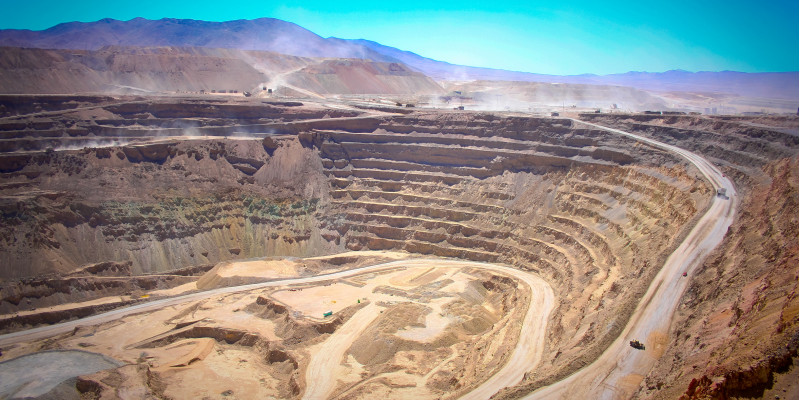In industrialised countries with resource-intensive processing industries like Germany, the demands for transparency in raw material supply chains and greater industry responsibility are becoming more and more urgent. The mining sector is no longer the blind spot in global supply chains. At the same time social-environmental conflicts and anti-mining protests are on the rise at the other end of global value chains. Increasingly, the global mining sector is implementing high environmental standards on a voluntary basis and commodity-rich countries are seeking to maximize the benefit of mining for development and minimise its negative impacts.
This development is affecting global markets for raw materials because not only do technical, economic and political aspects influence material availability: the availability of water, energy, land and ultimately social acceptance of negative environmental impacts are also increasingly scarce resources which exert a real influence. This trend towards higher environmental standards in mining is likely, in the medium term, to cause a rise in raw material prices as a result of higher production costs and shortage in the environmental availability of raw materials. A recent example is the rise in the price of nickel after 20 mines in the Philippines were shut down due to environmental problems.
The heated discussion taking place since 2008 about the criticality of raw materials was a reaction to the unexpected sharp spike in the price of several raw materials. Concern was expressed that supply risks could soon lead to price increases and shortages. The raw materials considered critical include rare earths, indium, niobium or the platinum group metals. Earlier studies on criticality did not take sufficient account of environmental aspects despite their increasing relevance. Raw materials are considered to be environmentally critical if they have a high environmental hazard potential and are also of great economic interest.
A research consortium whose members are from Öko-Institut, Institute for Energy and Environmental Research (ifeu) and projekt consult developed a method to assess the environmental hazard potentials of mining for raw materials in the framework of a research project (ÖkoRess I) for the German Environment Agency. First a site-related evaluation model was developed, and a raw-material evaluation model was subsequently derived. The current follow-up project ÖkoRess II (ÖkoRess I consortium plus Adelphi-Consult) is developing the method further and is being applied to about 50 mining resources. The results will be published at the end of 2018.
Similarly to 'conventional' criticality environmental criticality calls for more focus on this aspect. The German Environment Agency presents the raw materials-based ÖkoRess method for the assessment the environmental hazard potential of mining as a compass by which companies, civil society stakeholders and public authorities can identify priority raw materials and specific related problems from an environmental perspective. They will thus be able to take action accordingly. Companies working with a sustainable supply chain management will be able to ask the right questions to their suppliers: What environmental standards are implemented to prevent the identified environmental hazard potentials from developing into actual contamination of the environment?
 Click to enlarge
Click to enlarge
